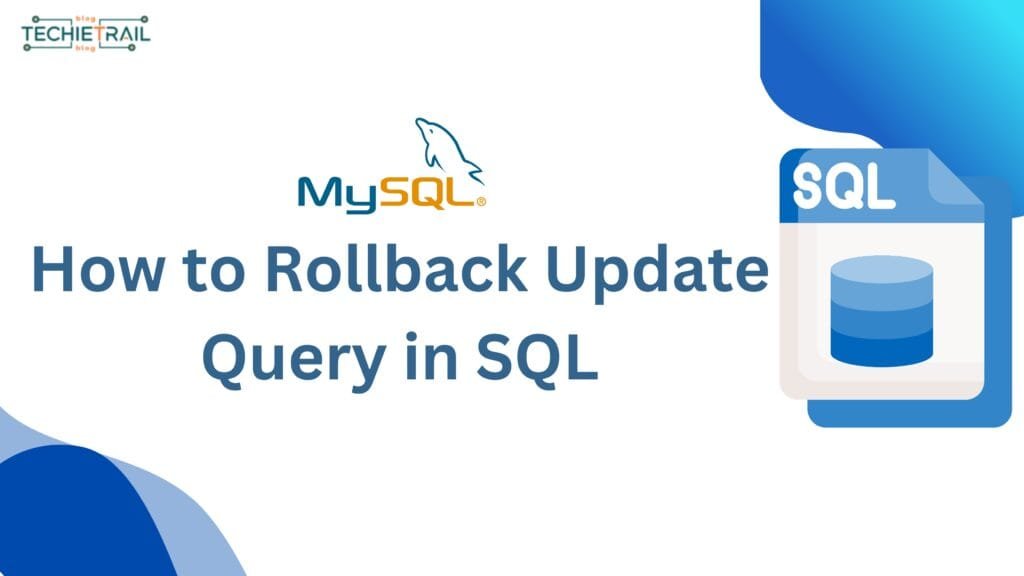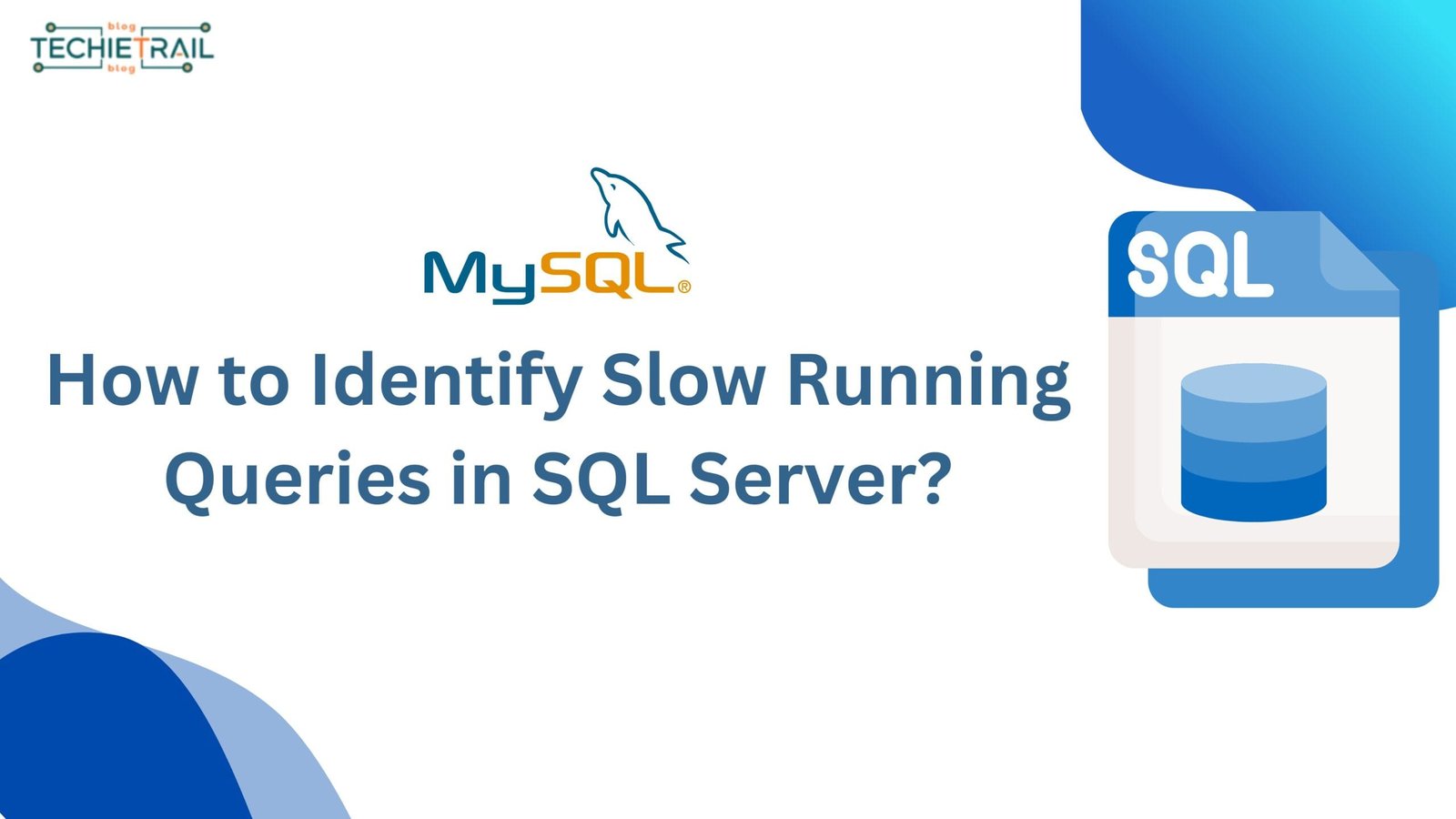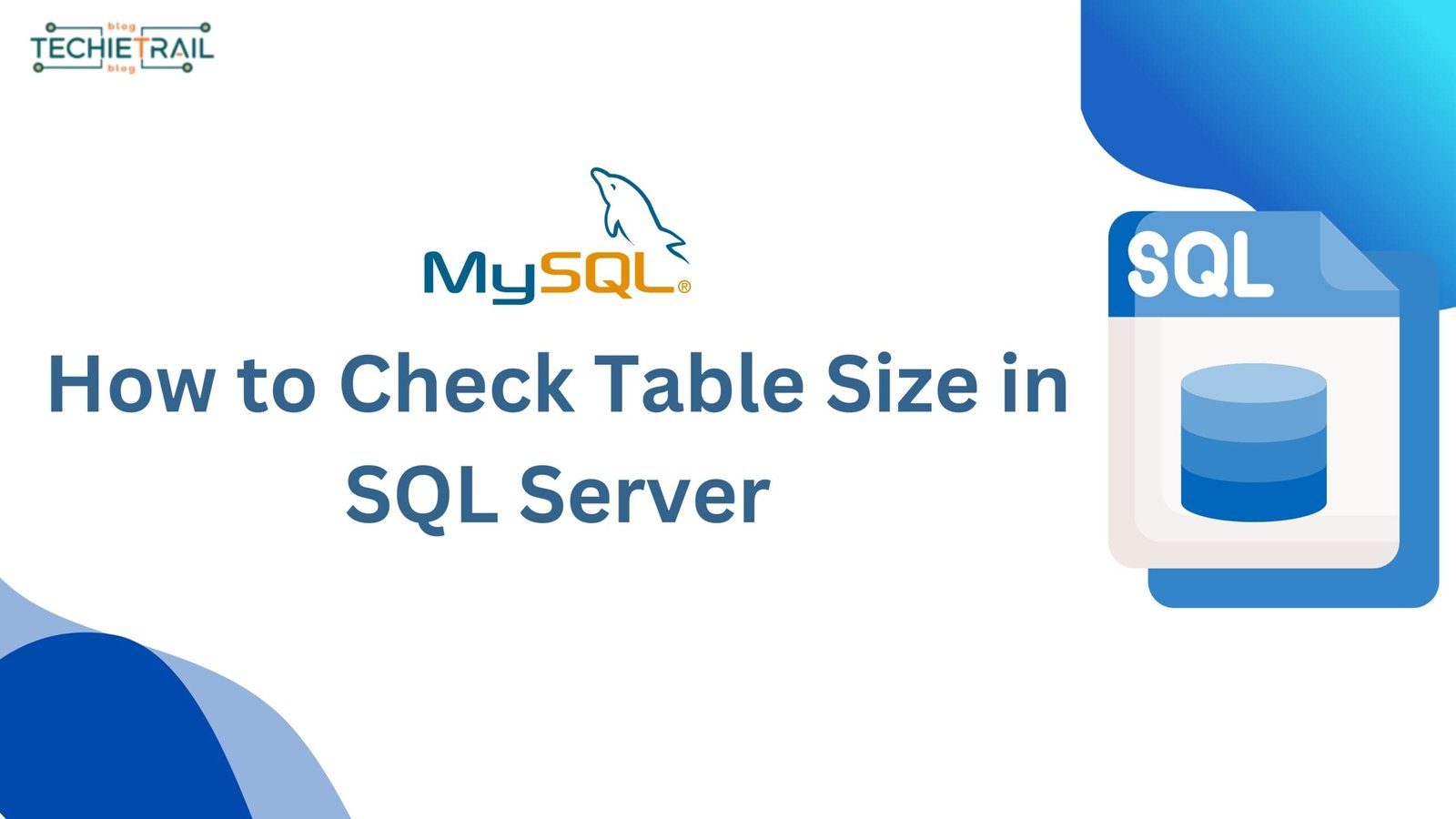Rollback Update Query in SQL and data protection are the most important features for maintaining data integrity in database management (DBMS). If you have made any mistake while updating the data of any table in database, like an incorrect UPDATE query, this can lead to data corruption or unexpected changes. There is a solution to rollback this mistake. SQL provides a way to undo the changes using ROLLBACK command. In this article, we will learn how to rollback update query in SQL and why its essential for managing transactions.
Understanding Update Queries and Transactions in SQL
An UPDATE query is used to modify the data of any table in the database. It’s a very powerful command in SQL, it can also be risky if not executed properly. Here, we can use TRANSACTION which provide option to rollback. Transaction in SQL ensures that all queries of database operations are executed as a single unit, allowing you to commit (save) or rollback (undo) changes based on specific conditions. Handling a rollback update query in SQL is a crucial part of mastering transactions.
To use transaction, you can use BEGIN TRANSACTION statement after your required operation in SQL, and end with COMMIT (to save changes) or ROLLBACK (to undo the changes) command.
Why Rollback is Important
The ROLLBACK command is used to maintain database integrity by undoing unintended or incorrect changes, especially when:
- You run an
UPDATEquery on the wrong rows. - The query logic is flawed, leading to unintended results.
- A system failure occurs during a transaction.
The ROLLBACK allows us to ensure that only valid and intentional updates are retained. You should know when and how to execute a Rollback Update Query in SQL, which can save your data from irreversible changes.
Related Topics:
What is SQL
How To Check Long Running Queries
Do SQL Views Update Automatically?
Check Table Size in SQL Server
Calculate Age from Date of Birth in SQL
Step-by-Step Guide: Rolling Back an Update Query
Let’s understand the step-by-step process to rollback an update query in SQL.
- Start a Transaction: Use the
BEGIN TRANSACTIONstatement before writing your update query. This will indicate that the written query is part of a single unit only.
BEGIN TRANSACTION;- Execute the Update Query: Now, you can write your
UPDATEquery underBEGIN TRANSACTION.
UPDATE Employees SET Salary = Salary * 1.10
WHERE Department = 'HR';- Review the Changes: Verify all the changes using
SELECTquery before committing the transaction.
SELECT * FROM Employees WHERE Department = 'HR';- Decide to Rollback or Commit: If the changes are incorrect, use the
ROLLBACKcommand to undo the changes.
ROLLBACK;If the changes are incorrect, use COMMIT command to save the changes.
COMMIT;Understanding how to conduct a Rollback Update Query in SQL is vital for data safety.
Example: Using Rollback for Error Correction
Let’s understand the above-mentioned steps with an example. Suppose you accidentally updated all rows in the Employees table instead of just the HR department:
BEGIN TRANSACTION;
UPDATE Employees
SET Salary = Salary * 1.10; -- Oops! No WHERE clause
-- Realize the mistake and rollback
ROLLBACK;Here, The ROLLBACK command ensures that the incorrect update does not affect your database. Always practice how to execute a Rollback Update Query in SQL to handle such scenarios.
Common Mistakes to Avoid
- Forgetting to Start a Transaction: If you don’t use
BEGIN TRANSACTION, you can’t rollback changes. - Not Testing Queries: Always test your queries on a small dataset or a development environment.
- Using Auto-Commit Mode: Some databases have auto-commit enabled by default, which commits changes immediately. Disable it if you want to use transactions.
Avoiding these mistakes while dealing with a Rollback Update Query in SQL ensures better control over your data.
Conclusion
The ROLLBACK command is an indispensable tool for any SQL developer. It ensures that mistakes in UPDATE queries or other operations do not compromise data integrity. By practicing and incorporating transactions into your workflow, you can work with confidence and safeguard your data. Knowing how to execute a Rollback Update Query in SQL effectively is a skill every database professional should master.
For more database tips and tricks, explore TechieTrail, your go-to platform for technical insights and tutorials!



